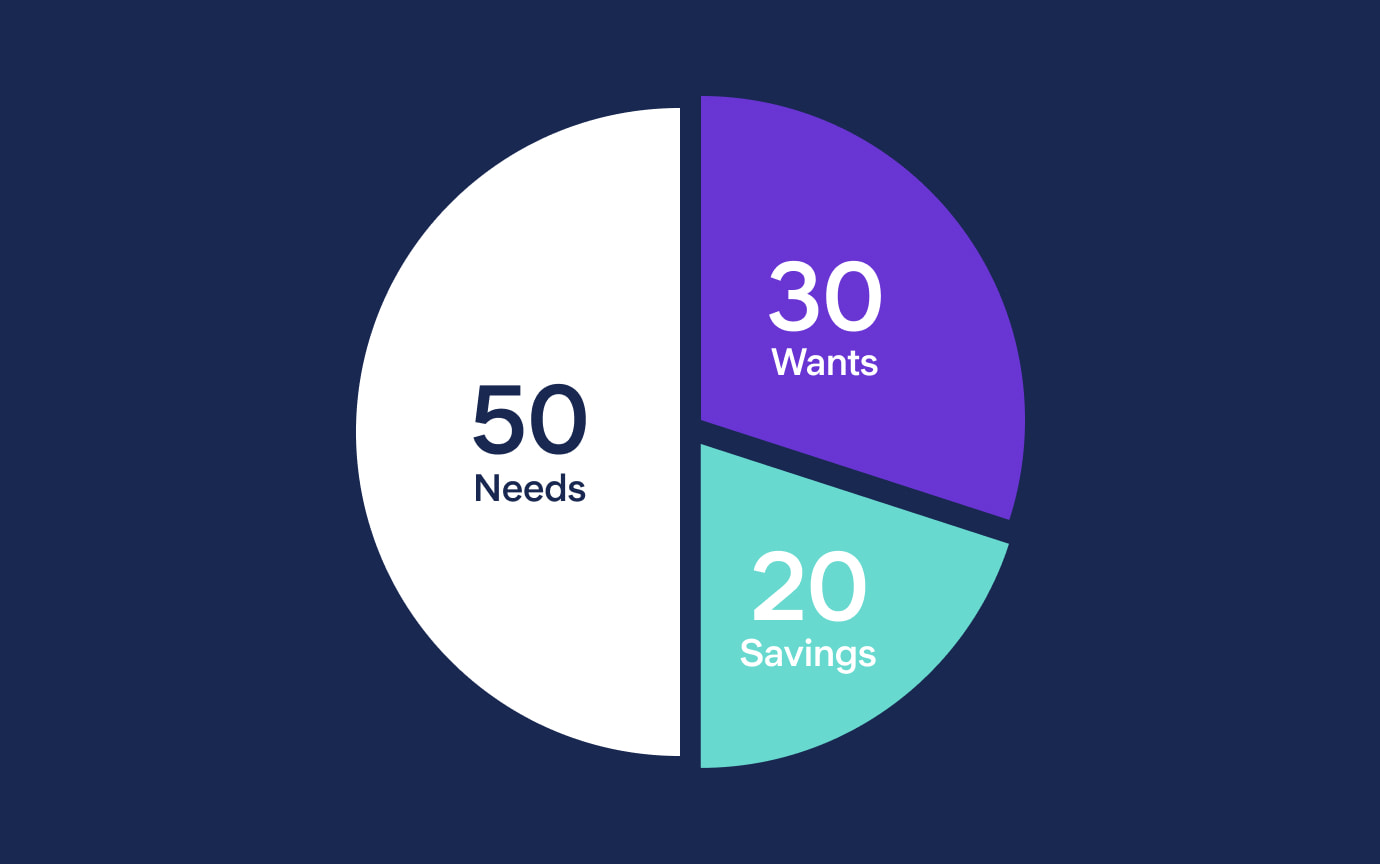

The 50-30-20 rule, popularized by Senator Elizabeth Warren and her daughter Amelia Warren Tyagi in their book “All Your Worth: The Ultimate Lifetime Money Plan,” has gained significant attention as an effective and straightforward approach to managing personal finances.
What is the 50-30-20 Rule?
The 50-30-20 rule is a budgeting guideline that suggests allocating your after-tax income into three broad categories: needs, wants, and savings. According to this rule, 50% of your income should be dedicated to essential needs, 30% to discretionary wants, and 20% to savings and debt repayment.
Example of the 50-30-20 Rule:
Let’s consider a monthly after-tax income of $4,000 for a young professional. Following the 50-30-20 rule, the budget allocation would be as follows:
- **Needs (50%)* $4,000 * 0.50 = $2,000
The $2,000 would cover essential expenses like rent/mortgage, utilities, groceries, insurance, transportation, and other necessary bills.
- **Wants (30%): $4,000 * 0.30 = $1,200
The $1,200 would be set aside for discretionary spending, such as dining out, entertainment, shopping, and hobbies.
- Savings & Debt Repayment (20%): $4,000 * 0.20 = $800
The $800 would be allocated to savings accounts, retirement funds, emergency funds, and paying off debts like credit cards or student loans.
Why is the 50-30-20 Rule Good?
- The 50-30-20 rule is easy to understand and implement, making it accessible to individuals at any stage of their financial journey. Its straightforward approach simplifies budgeting, allowing for better financial control.
- By allocating percentages rather than fixed amounts, the rule ensures a balanced financial approach. It ensures that essential needs are met while leaving room for discretionary spending and savings.
- The rule is adaptable to various income levels. Whether you earn a modest salary or a substantial one, the proportions remain constant, allowing you to adjust your budget as your income changes.
- The 20% allocation to savings and debt repayment helps individuals prioritize financial goals. Consistently saving and reducing debt can lead to improved financial security and reduced stress.
- Setting limits on discretionary spending (30%) encourages individuals to make thoughtful choices about their wants. This can prevent unnecessary splurges and promote mindful consumption.
- The 50-30-20 rule cultivates healthy financial habits. Over time, adhering to this budgeting strategy can lead to increased financial awareness and discipline.
The 50-30-20 rule is a valuable and effective budgeting approach that promotes financial balance, flexibility, and a mindful approach to spending and saving. By allocating 50% of income to needs, 30% to wants, and 20% to savings and debt repayment, individuals can achieve financial stability while enjoying a reasonable amount of discretionary spending. Its simplicity and ease of implementation make it an ideal budgeting tool for individuals at any income level.














Leave a Reply
Be the First to Comment!
You must be logged in to post a comment.
You must be logged in to post a comment.